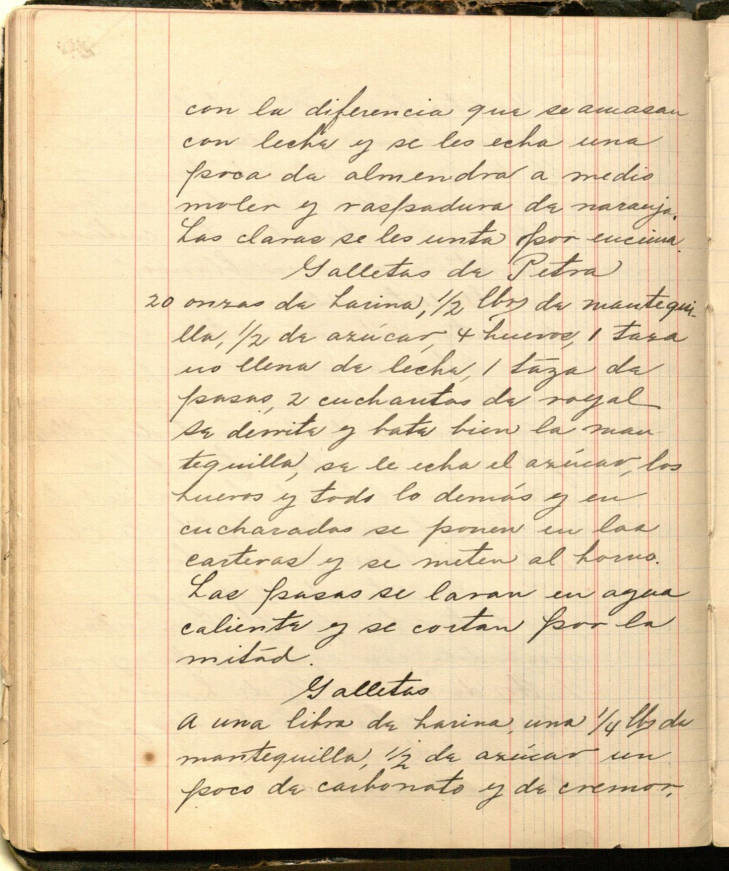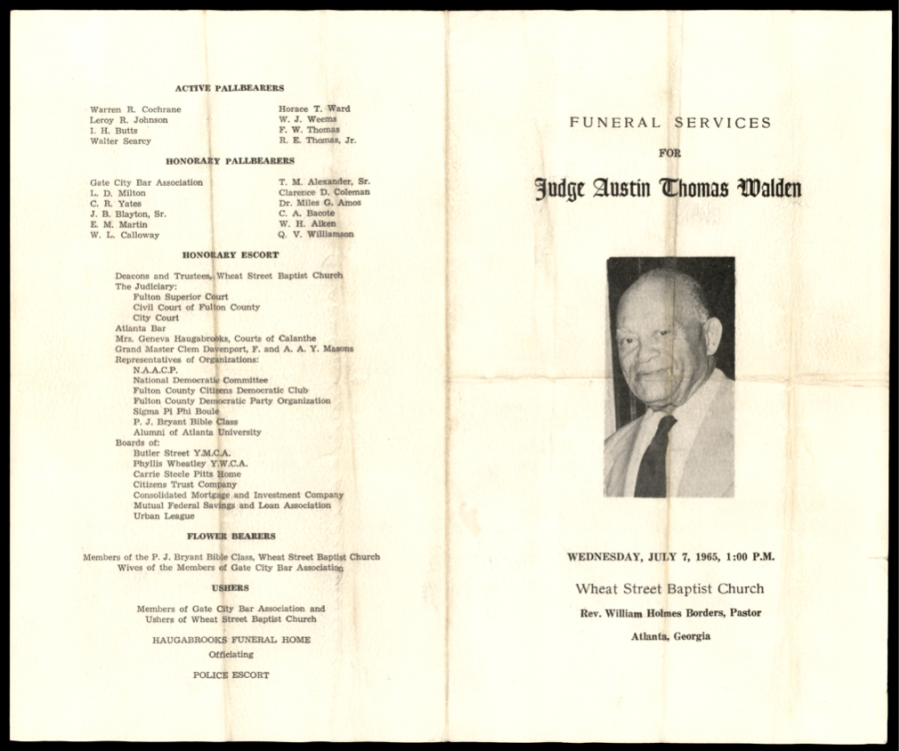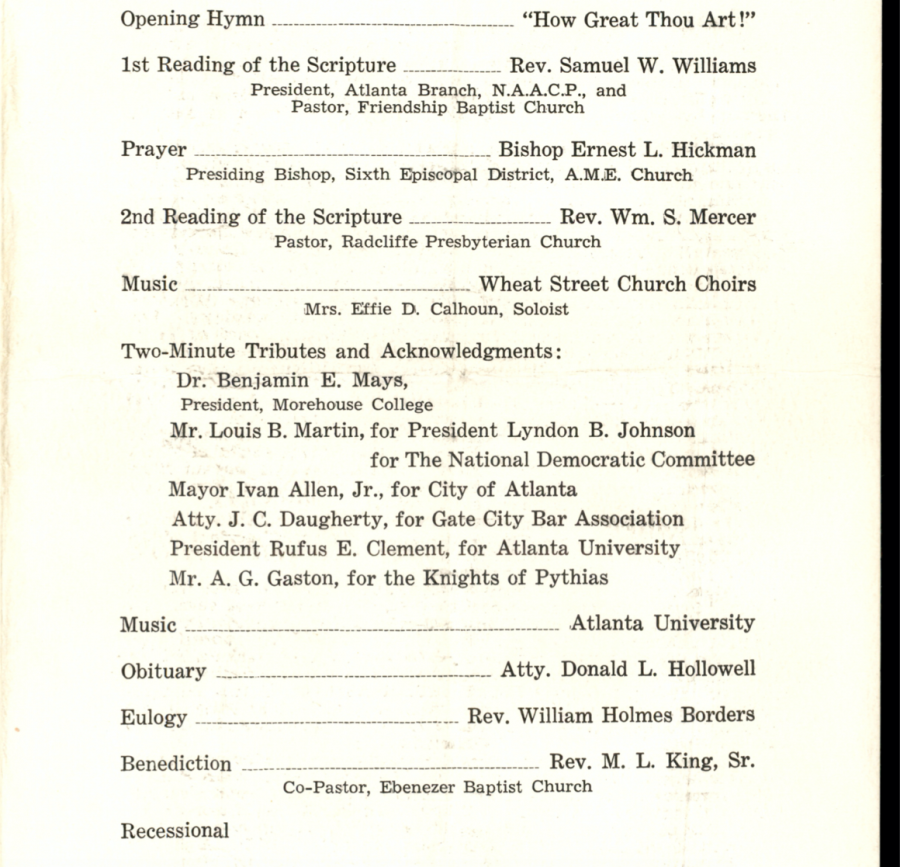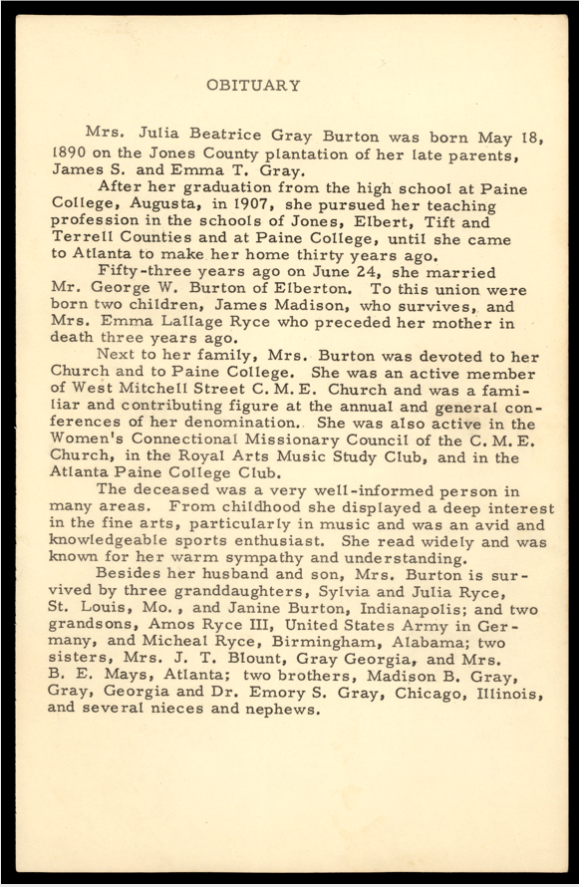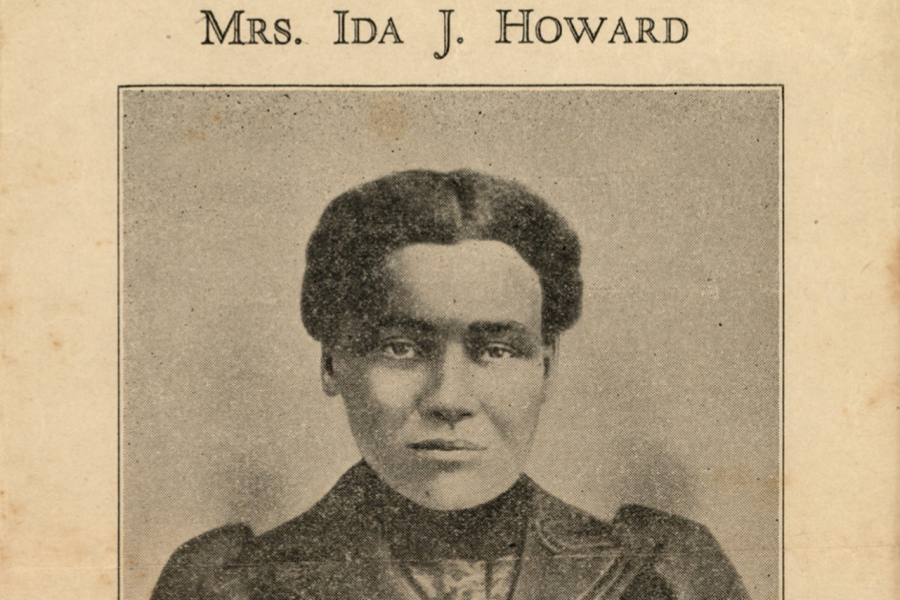You can’t take it with you if you’ve got nothing to take with you.
Once upon a time, the now-empty Great Pyramid of Giza was sumptuously appointed inside and out, to ensure that Pharaoh Khufu, or Cheops as he was known to the Ancient Greeks, would be well received in the afterlife.
Bling was a serious thing.
Thousand of years further on, cinematic portrayals have us convinced that tomb raiders were greedy 19th- and 20th-century curators, eagerly filling their vitrines with stolen artifacts.
There’s some truth to that, but modern Egyptologists are fairly convinced that Khufu’s pyramid was looted shortly after his reign, by opportunists looking to grab some goodies for their journey to the afterlife.
At any rate, it’s been picked clean.
Perhaps one day, we 21st-century citizens can opt in to a pyramid experience akin to Rome Reborn, a digital crutch for our feeble imagination to help us past the empty sarcophagus and bare walls that have defined the world’s oldest tourist attraction’s interiors for … well, not quite ever, but certainly for Flaubert, Mark Twain, and 12th-century scholar Abd al-Latif.
Fast forwarding to 2017, the BBC’s Rajan Datar hosted “Secrets of the Great Pyramid,” a podcast episode featuring Egyptologist Salima Ikram, space archaeologist Dr Sarah Parcak, and archaeologist, Dr Joyce Tyldesley.
The experts were keen to clear up a major misconception that the 4600-year-old pyramid was built by aliens or enslaved laborers, rather than a permanent staff of architects and engineers, aided by Egyptian civilians eager to barter their labor for meat, fish, beer, and tax abatement.
Datar’s question about a scanning project that would bring further insight into the Pyramid of Giza’s construction and layout was met with excitement.
This attraction, old as it is, has plenty of new secrets to be discovered.
We’re happy to share with you, readers, that 3 years after that episode was taped, the future is here.
The scanning is complete.
Witness the BBC’s 360° tour inside the Great Pyramid of Giza.
Use your mouse to crane your neck, if you like.
As of this writing, you could tour the pyramid in person, should you wish—the usual touristic hoards are definitely dialed down.
But, given the contagion, perhaps better to tour the King’s Chamber, the Queen’s Chamber, and the Grand Gallery virtually, above.
(An interesting tidbit: the pyramid was more distant to the ancient Romans than the Colosseum is to us.)
Listen to the BBC’s “Secrets of the Great Pyramid” episode here.
Tour the Great Pyramid of Giza here.
Related Content:
How the Egyptian Pyramids Were Built: A New Theory in 3D Animation
Ayun Halliday is an author, illustrator, theater maker and Chief Primatologist of the East Village Inky zine. Follow her @AyunHalliday.

